Introduction
Ejiao cake, a cherished traditional Chinese dessert, has captivated palates for centuries with its rich texture, aromatic flavors, and reputed health benefits. At its core, this confection combines premium ingredients to create a harmonious blend of sweetness, nuttiness, and the distinct earthy notes of donkey-hide gelatin—the star component. Crafting the perfect Ejiao cake requires meticulous attention to ingredient selection, as each element plays a pivotal role in achieving the desired taste, consistency, and nutritional value. This article delves into the essential materials needed to prepare this delectable treat, exploring their origins, functions, and substitutions to empower both novice and seasoned chefs in recreating this culinary masterpiece.
Donkey-Hide Gelatin (Ejiao): The Foundation of Flavor
Donkey-hide gelatin, or Ejiao in Chinese, is the eponymous ingredient that defines this dessert. Derived from the collagen-rich hides of donkeys, this gelatin undergoes a traditional processing method involving soaking, stewing, and condensing to form a translucent, amber-hued block. Its primary role in Ejiao cake is to provide structure, contributing a chewy, gummy texture that binds the other ingredients together. Beyond its culinary significance, Ejiao is revered in traditional Chinese medicine for its purported ability to nourish blood, moisturize the skin, and alleviate symptoms of anemia or fatigue.
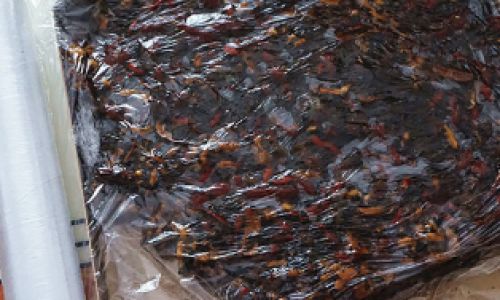
Key Considerations:
- Quality: Opt for high-grade Ejiao, which is free from additives and has a clear, golden hue. Inferior products may contain impurities or artificial flavors.
- Preparation: Ejiao is typically sold in blocks or powdered form. Blocks require soaking in warm water or rice wine for several hours to soften before use.
- Alternatives: While nothing truly replicates Ejiao’s unique profile, vegetarian alternatives like agar-agar or konjac powder can mimic gelatinous textures, albeit without the same health claims.
Nuts: Crunchy Contrast and Nutritional Depth
Nuts form the textural backbone of Ejiao cake, offering a satisfying crunch that contrasts with the soft gelatin. Common choices include:
- Black Sesame Seeds: Toasted to enhance their nutty aroma, these seeds add a visual appeal with their dark specks and contribute calcium, iron, and antioxidants.
- Walnuts: Rich in omega-3 fatty acids and fiber, walnuts provide a buttery texture and mild bitterness that balances the sweetness.
- Pine Nuts: Their delicate, buttery flavor complements the Ejiao’s earthiness, though they can be substituted with almonds or cashews for cost efficiency.
- Pumpkin Seeds: A colorful addition, these offer a mild sweetness and a dose of magnesium.
Preparation Tips:
- Lightly roast nuts to intensify their flavors and eliminate raw bitterness.
- Chop nuts into uniform pieces to ensure even distribution throughout the cake.
Dried Fruits: Natural Sweetness and Moisture
Dried fruits introduce natural sweetness and moisture, preventing the cake from becoming overly dense. Popular options include:
- Jujube Dates (Hong Zao): A staple in Chinese desserts, these dried dates impart a caramel-like sweetness and chewiness.
- Goji Berries (Gou Qi Zi): These vibrant red berries add a tangy-sweet flavor and are prized for their antioxidant content.
- Dried Figs or Apricots: Provide a honeyed sweetness and soft texture, acting as natural humectants.
Selection Guide:
- Choose unsulfured dried fruits to avoid artificial preservatives.
- Rehydrate larger fruits like apricots in warm water for 10 minutes before chopping to ensure even mixing.
Sweeteners: Balancing Act Between Taste and Health
Sweeteners not only enhance flavor but also aid in binding the ingredients. Common choices include:
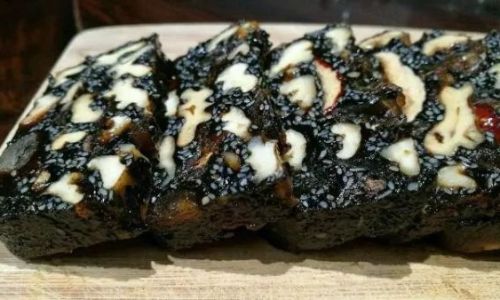
- Rock Sugar (Bing Tang): A less processed alternative to white sugar, rock sugar dissolves slowly, yielding a subtle, clean sweetness.
- Brown Sugar: Adds a molasses-like depth and moisture, though it may darken the cake’s color.
- Honey or Maple Syrup: For a liquid sweetener, these impart floral or smoky notes, respectively. Adjust quantities carefully to avoid over-softening the mixture.
Adjusting Sweetness:
- Taste the mixture before cooking and adjust sweeteners gradually, as dried fruits already contribute natural sugars.
- Diabetics or health-conscious individuals may use erythritol or stevia, though this alters texture.
Aromatic Additions: Elevating Complexity
These ingredients add layers of flavor without dominating the dish:
- Chinese Yellow Wine (Huang Jiu): A rice-based cooking wine, it deodorizes the Ejiao’s inherent gamey notes and imparts a mellow fragrance.
- Orange Zest: A pinch of fresh zest introduces citrusy brightness, cutting through richness.
- Cinnamon or Star Anise: Warm spices can be infused into the cooking liquid for subtle warmth.
Moderation is Key:
- Use aromatic additions sparingly to avoid overwhelming the Ejiao’s delicate taste.
- For a child-friendly version, omit alcohol and spices.
Binding Agents and Thickeners: Ensuring Cohesion
While Ejiao itself provides gelatin, additional thickeners may be used for stability:
- Maltose Syrup: A traditional thickener, it adds sheen and prevents crystallization.
- Cornstarch or Tapioca Starch: Mixed with water to form a slurry, these help tighten the mixture if the Ejiao’s gelatin content is low.
Application Tips:
- Dissolve starches in cold liquid before adding to hot mixtures to prevent clumping.
- Over-thickening can result in a gummy texture; aim for a soft, pliable consistency.
Optional Enhancements: Customizing Your Creation
Modern interpretations of Ejiao cake often incorporate creative twists:
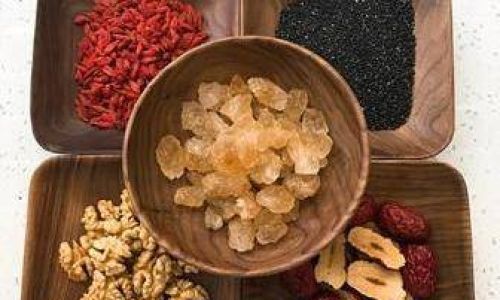
- Cocoa Powder or Matcha: For a contemporary flavor profile, dust the cake or mix a teaspoon into the batter.
- Dried Rose Petals: Add a floral elegance, both visually and aromatically.
- Freeze-Dried Fruits: Crumble strawberries or mangoes for bursts of tangy sweetness.
Experimentation Guidelines:
- Introduce one novel ingredient at a time to gauge its impact.
- Reduce liquid sweeteners if using moisture-rich additions like fresh fruit purees.
Tools and Equipment: Precision in Preparation
The right tools streamline the cooking process:
- Non-Stick Pan: Essential for even heating and preventing sticking during the lengthy simmering phase.
- Wooden Spoon: Avoids scratching the pan and allows for gentle stirring.
- Silicone Spatula: Ideal for scraping every bit of mixture from the pan.
- Square or Rectangular Mold: Line with parchment paper for easy removal and cutting.
- Oven Thermometer: Ensures the mixture reaches the optimal temperature (around 115°F/46°C) for gelatin activation.
Maintenance Tips:
- Grease molds lightly if not using parchment.
- Clean tools immediately after use, as dried Ejiao mixture hardens quickly.
Storage Solutions: Preserving Freshness
Ejiao cake has a decent shelf life when stored correctly:
- Refrigeration: Wrap tightly in parchment or beeswax paper, then seal in an airtight container. Consume within 2–3 weeks.
- Freezing: Slice the cake before freezing; individual portions thaw quickly. Use within 3 months.
- Avoid Humidity: Moisture accelerates spoilage and softens the texture.
Serving Suggestions:
- Slice thinly and serve with herbal tea for a traditional pairing.
- Garnish with edible gold leaf or sesame seeds for special occasions.
Troubleshooting Common Issues
Even seasoned cooks encounter hiccups. Here’s how to address them:

- Too Soft/Runny: Increase cooking time to evaporate excess moisture or add a teaspoon of agar-agar.
- Too Hard/Brittle: Reduce cooking time next batch or blend in a tablespoon of neutral oil.
- Separation: Ensure thorough mixing and gradual heating to emulsify fats and sugars.
Preventative Measures:
- Use a candy thermometer to monitor temperature accurately.
- Maintain consistent, low heat to prevent scorching.
Conclusion
Crafting Ejiao cake is an alchemical process that marries tradition with creativity. By understanding the role of each ingredient—from the foundational donkey-hide gelatin to the supportive cast of nuts, fruits, and aromatics—you gain the power to tailor this dessert to your taste preferences and dietary needs. Whether adhering to the classic recipe or experimenting with bold flavor combinations, the key lies in sourcing quality materials and approaching each step with patience. The result is a treat that delights the senses, nourishes the body, and honors a culinary legacy spanning millennia. So gather your ingredients, embrace the rhythm of the kitchen, and savor the reward of your labor—one decadent bite at a time.
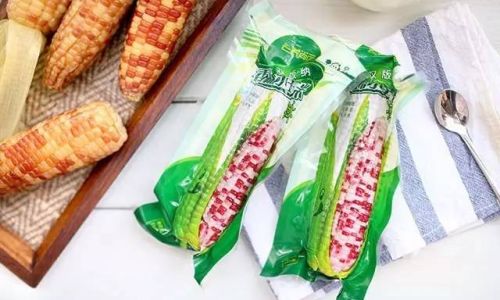

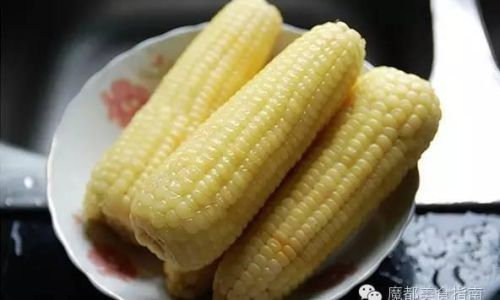

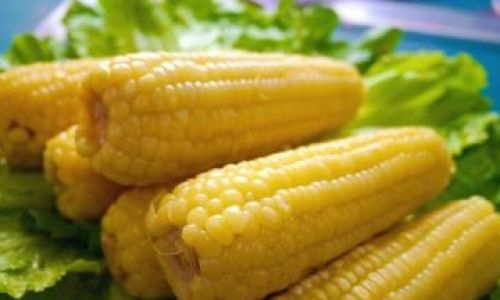

0 comments